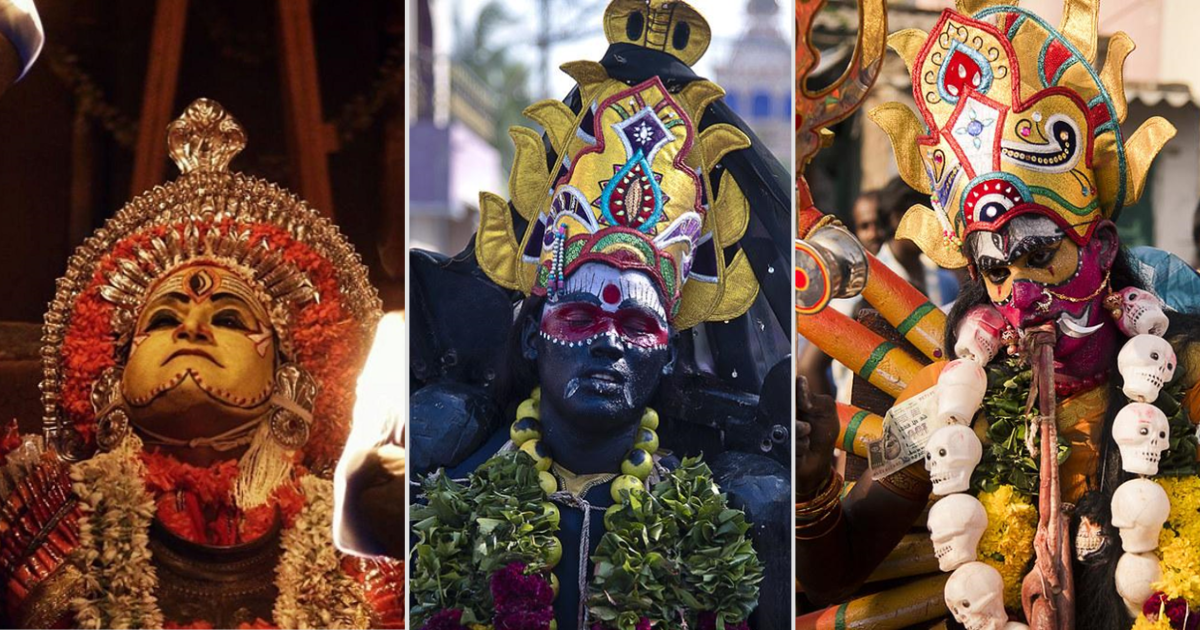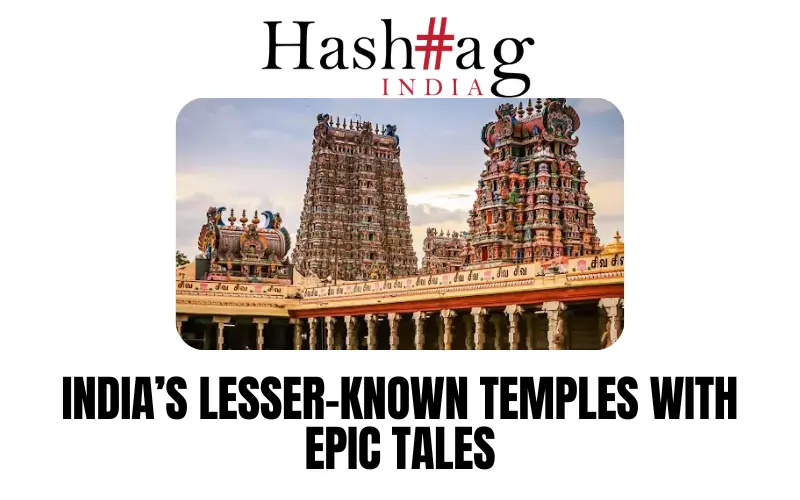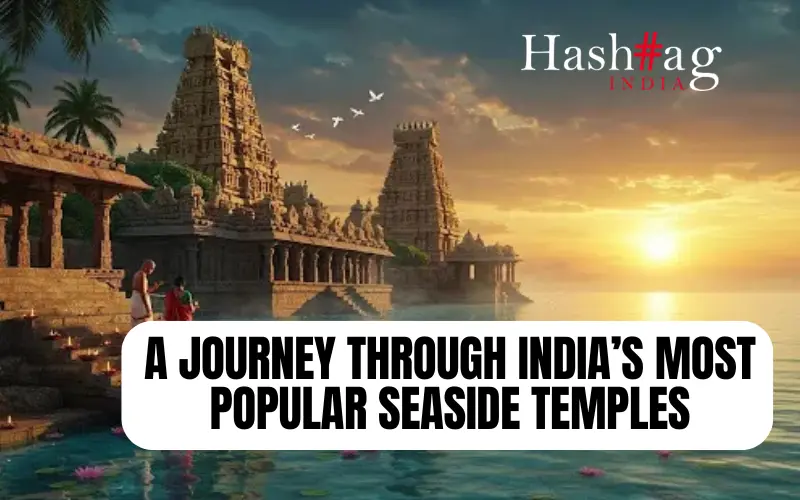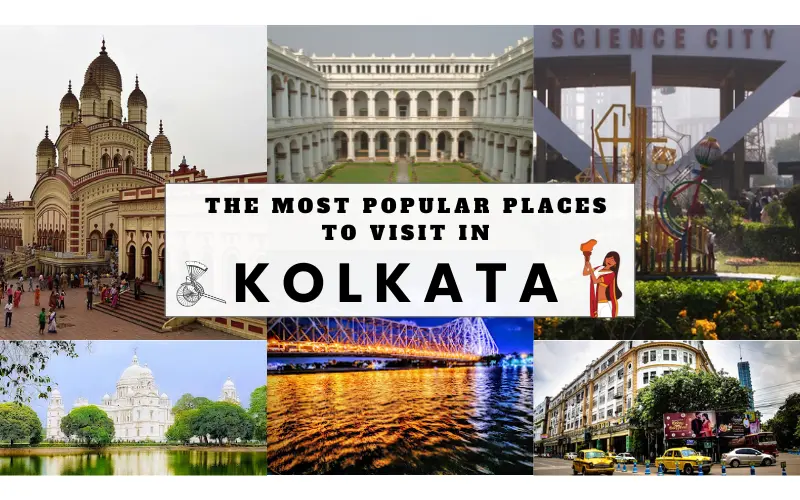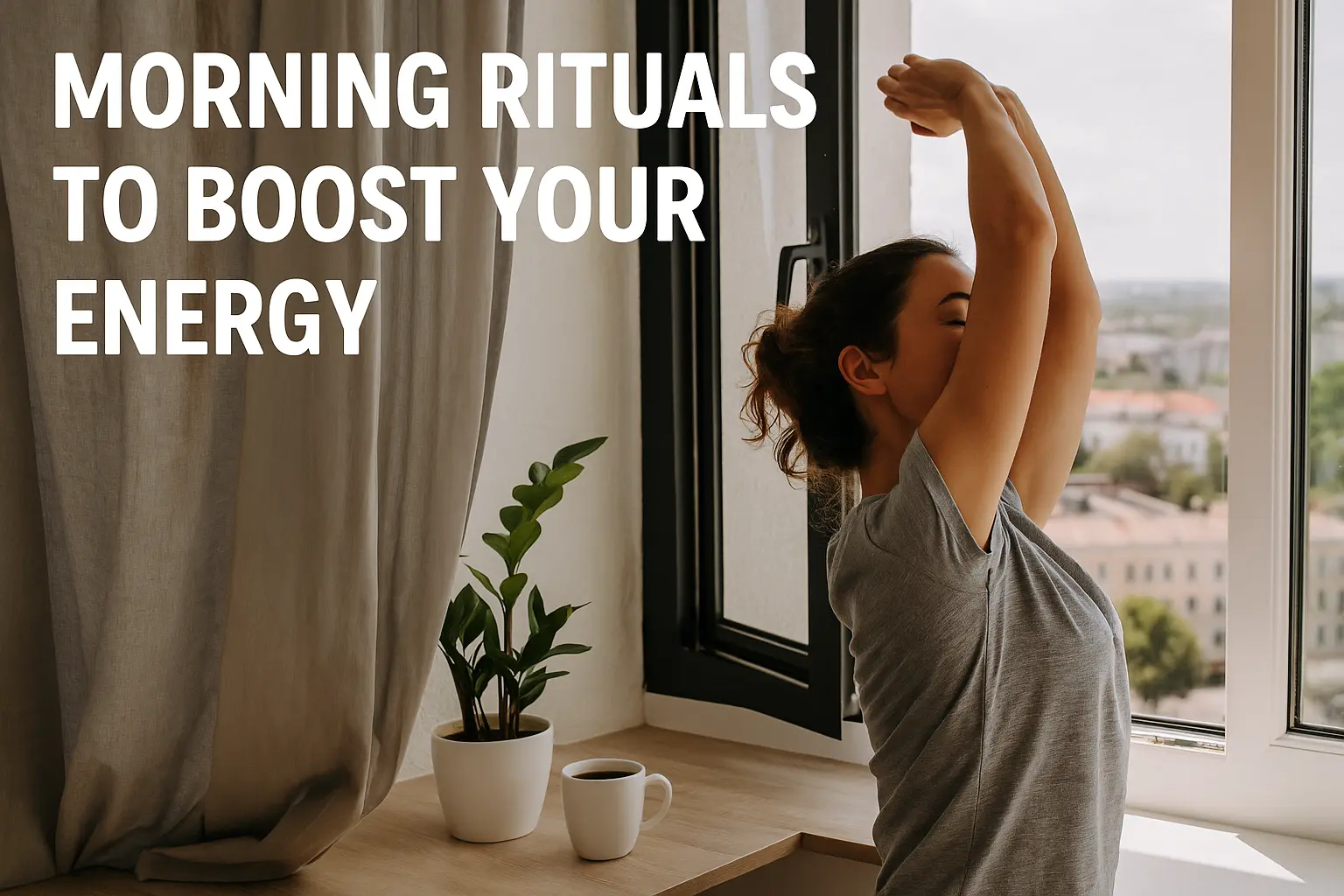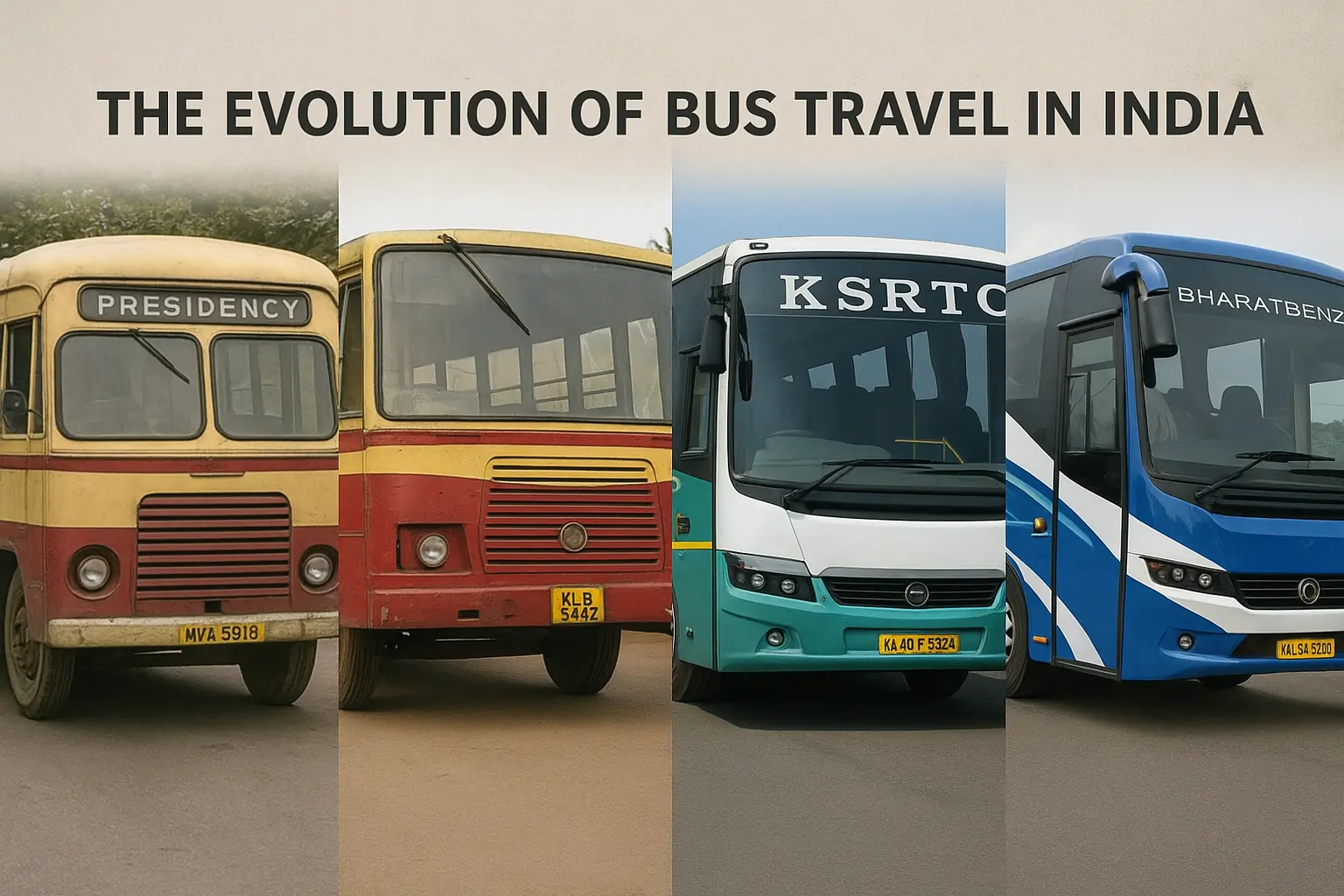India is a land of diverse traditions and cultures. In the picturesque landscapes of South India, where the echoes of ancient tales resound through the centuries, two extraordinary rituals gesture those who seek to unravel the enigmatic blend of mysticism, tradition, and spirituality. Bhootha Khola and Mayana Kolai are captivating ceremonies with hypnotic rhythms, vivid colours, and tales of supernatural encounters. Dhanush Kumar explores the mesmerizing rituals of Karnataka and Tamil Nadu’s rich cultural tapestry.

Bhootha Khola: Dancing with the Divine
Bhootha Khola is an age-old tradition. The term ‘Bhootha’ invokes a sense of awe, for it refers to the guardian spirits or deities, each endowed with their unique persona and stories passed down through generations.

Bhootha Khola is a dance performance and a part of Bhootaradhane or worship of the local spirits or deities believed to be the guardians of the people and nature. The origins of this art form are traced back to the pre-Vedic Dravidian culture, which had a strong tradition. The bhootas are ancient ancestors or nature spirits who have attained divine status through sacrifices. They are worshipped for their power to heal diseases, resolve disputes, and grant boons.
As the sun dips below the horizon, the villagers get ready in their traditional attire and gather at a sacred ground adorned with intricate rangolis and the soft glow of oil lamps. The air is charged with immense anticipation, and the rhythmic beats of drums and the flute melodies cast a spell on all in attendance.

The pinnacle of Bhootha Khola is when the participant slips into a trance-like state, inviting these divine spirits to inhabit their beings. It is a surreal experience as the possessed dancers, acting as vessels, channel the energies within them. Some might twirl, while others enact the fierce movements of ancient warriors. Villagers watch in awe as the divine unfolds, bridging the gap between the mortal and the celestial.
The festival of Bhootha Khola is a way of honoring these deities and seeking their guidance in human affairs.
Mayana Kolai: A Dramatic Dance of Death
In the heart of Tamil Nadu, Mayana Kolai, a homage to the goddess Angala Parameswari, unfolds with dramatic flair. This ritual, an intoxicating blend of dance, music, and unwavering devotion, originates in rural traditions and is a vibrant testament to the region’s rich heritage.

The origin of this festival is shrouded in mystery, but some legends suggest that it is related to the myth of Parvati and Brahma. When Shiva became angry and cut off one of Brahma’s heads, it got stuck to his hand and ate all his food. Parvati then prepared a special dish of chicken blood and rice and scattered it in a graveyard where Shiva could get rid of the head. Parvati then took on the fierce form of Angala Parameswari and crushed the head under her foot.

The name Mayana Kolai, translating to dance of death, encapsulates this spectacle’s intensity. Participants, both men and women, transform themselves with elaborate costumes and makeup into fierce deities and supernatural beings. With blazing fire torches in hand, they enact the gripping scenes that narrate the timeless battle between forces of good and evil.
What truly sets Mayana Kolai apart is the transcendental state that performers willingly enter. As they become vessels for the goddess Marimmman, they tread upon fiery coals and engage in daring feats, all in the name of devotion. The audience is left spellbound, their hearts heavy with emotion, as they witness this extraordinary display of faith and courage.
Conclusion:
Bhootha Khola and Mayana Kolai are not mere ceremonies. They are portals to the soul of South India. They bridge the profound connection between humanity and the divine, celebrating traditions that have stood the test of time. These rituals will leave a mark on your heart, forever mystifying and mesmerizing all fortunate enough to partake in this extraordinary journey.

